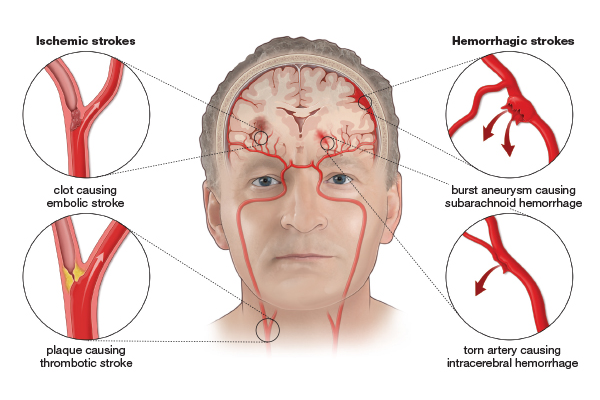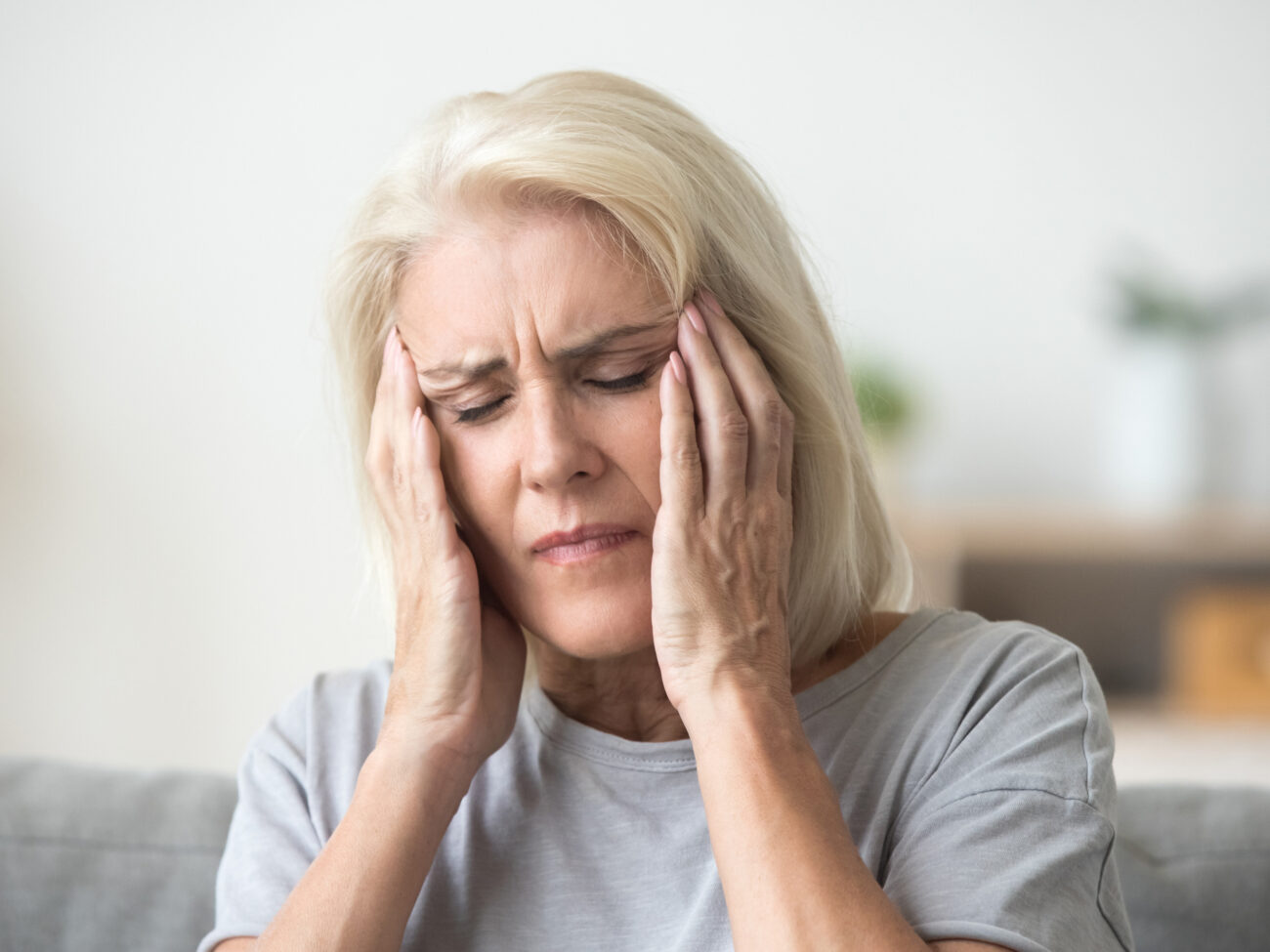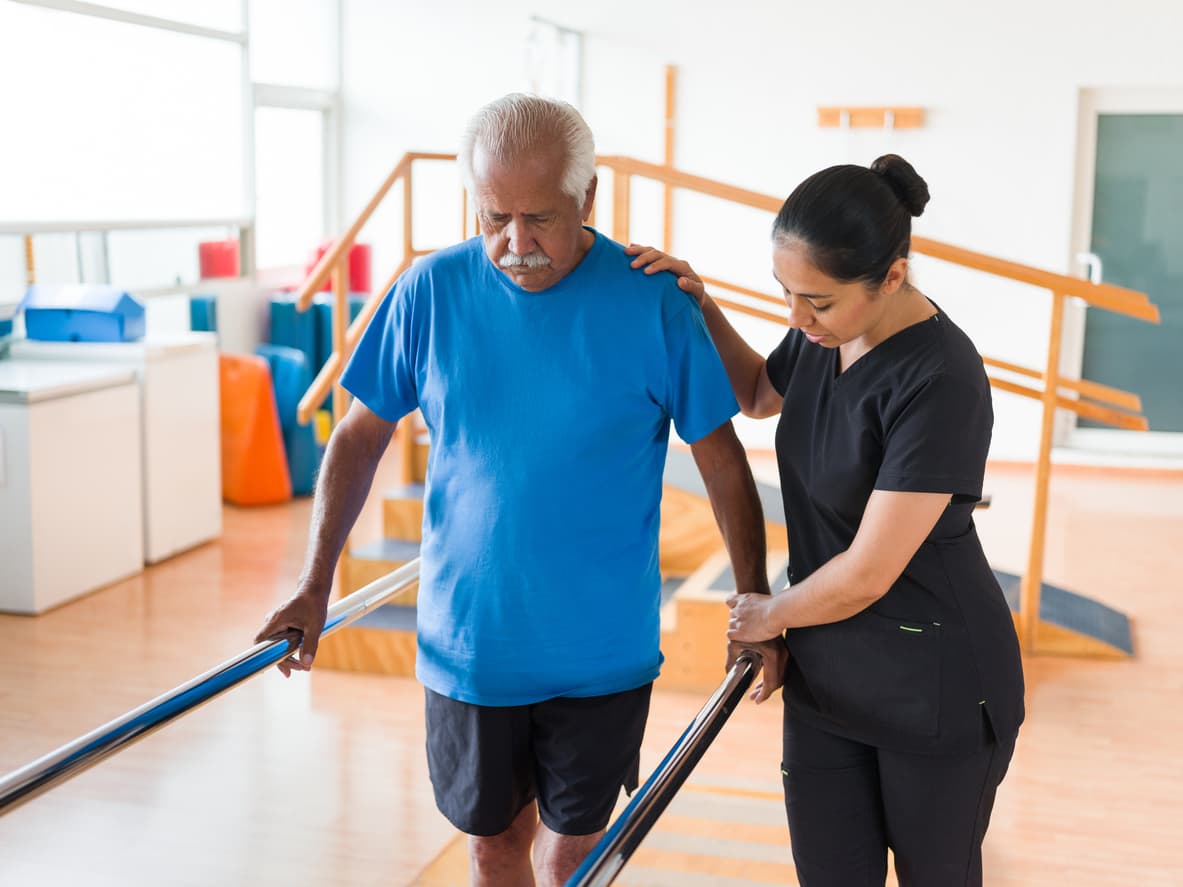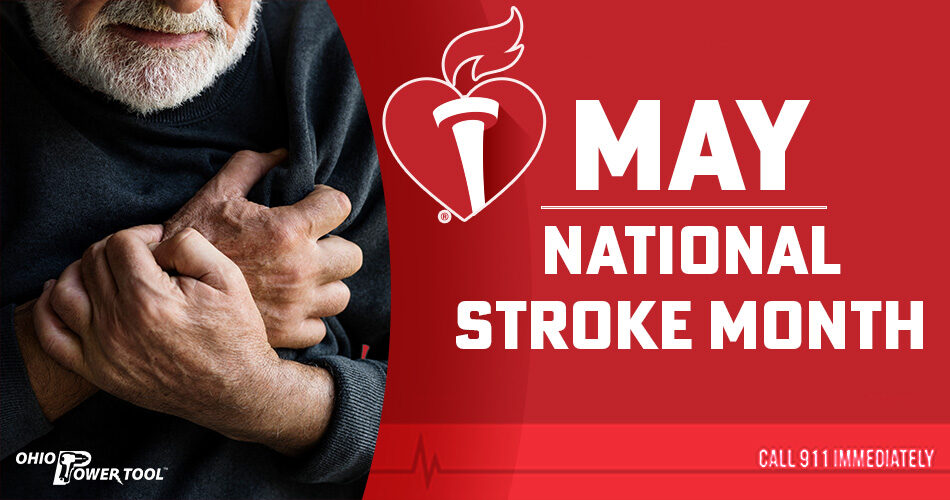Hey, folks! We here at Ohio Power Tool have recently partnered with the American Heart Association to bring you a series of topics each month to discuss, think about, and help with a wide variety of potential health risks. May is the AHA’s designated National Stroke Month to raise awareness on and hopefully help prevent strokes, so we’re here today to give you all some facts and advice on how to help spot, treat, and prevent strokes.

Strokes are the fifth highest cause of death and one of the leading causes of disability in the United States, and they can happen to anyone, at any age, at any time–yes, even in infants and children (reports indicate about one in every 2,500 full-term infants experience a stroke). Nearly two million brain cells are killed each minute that a stroke goes untreated, which means it’s absolutely paramount that the symptoms are recognized and acted upon with extreme haste. Acronyms and mnemonic devices are always a good way for remembering important things, and the easiest way to spot stroke symptoms is by using the FAST method; check for Facial drooping or numbness, see if the person’s Arm is weak or numb, particularly in one arm over the other, check to see if they’re having difficulty or slurred words with their Speech, and to round it all off, it’s Time to call 911. Other stroke symptoms can include numbness or weakness in the face, arm, or leg, particularly on one side of the body; confusion; trouble speaking or understanding speech; trouble seeing out of one or both eyes; trouble walking; dizziness; loss of balance or coordination; and severe headaches with no known or apparent cause. If you or someone you know begin to experience these symptoms, medical personnel should be called for immediately.

There are also what are known as “silent strokes,” which occur when a blood vessel blockage in the brain begins to kill off brain cells without any warning signs or visible symptoms. Around a quarter of the population over the age of 80 is estimated to have at least one such area of tissue death in the brain, and the risk is more common in smokers, those with a history of vascular disease, or in general as age begins to set in. Experts estimate that there are ten silent strokes for every detectable one, and silent strokes have been linked to subtle problems in one’s movement or mental processing, and also present a future risk for strokes or even dementia. Most strokes, detectable or silent, occur in the front part of the brain, and are referred to as anterior circulation strokes. Posterior circulation strokes can also occur, and have some slightly different symptoms to anterior strokes, including a feeling of vertigo, slurred speech, double vision, headaches, nausea, and vomiting. Mini-strokes, also known as transient ischemic attacks (TIAs), usually have symptoms lasting anywhere between a few minutes to 24 hours, and often aren’t taken seriously or reported. TIAs, however, occur before around 15% of strokes, and have been linked with additional TIAs, full-on strokes, and a host of other cardiovascular issues that can occur anywhere within days or weeks of the initial attack.

If all of that wasn’t bad enough, here’s something else to consider. Strokes, as stated earlier, are the fifth leading cause of death in the United States; however, among women, strokes are the third leading cause of death, and annually kill more women than men. Experts estimate that due to women having an increased risk of high blood pressure, one in five women will have a stroke at some point in her life. Studies have also shown that women going through pregnancy or menopause are at a higher risk of strokes, as does being a woman of color; studies show Black women have a risk factor nearly twice that of women of other races. Around 55,000 more women have strokes each year than men which equates to about 425,000 women that have a stroke annually, and sadly around 90,000 of those women don’t recover. The American Heart Association indicates that up to 80% of strokes can be prevented with blood pressure monitoring and stress reduction, and encourages men and women of all ages to use its plethora of literature and information to stay informed and aware of risk factors in your life.

Strokes are a very scary and very serious medical emergency, and should be acted upon immediately. If you or anyone you know are experiencing any symptoms of a stroke, be sure to use the FAST method of identification and call 911 as quickly as possible so that medical professionals can begin treatment before even arriving at a hospital. Please feel free to reach out at 614-481-2111 with any non-medical questions, comments, or concerns, and be sure to follow us on all the cool social media channels (and even some of the uncool ones) to stay up to date on all the latest in tool news, deals, announcements, and more, and stay safe and healthy out there!


